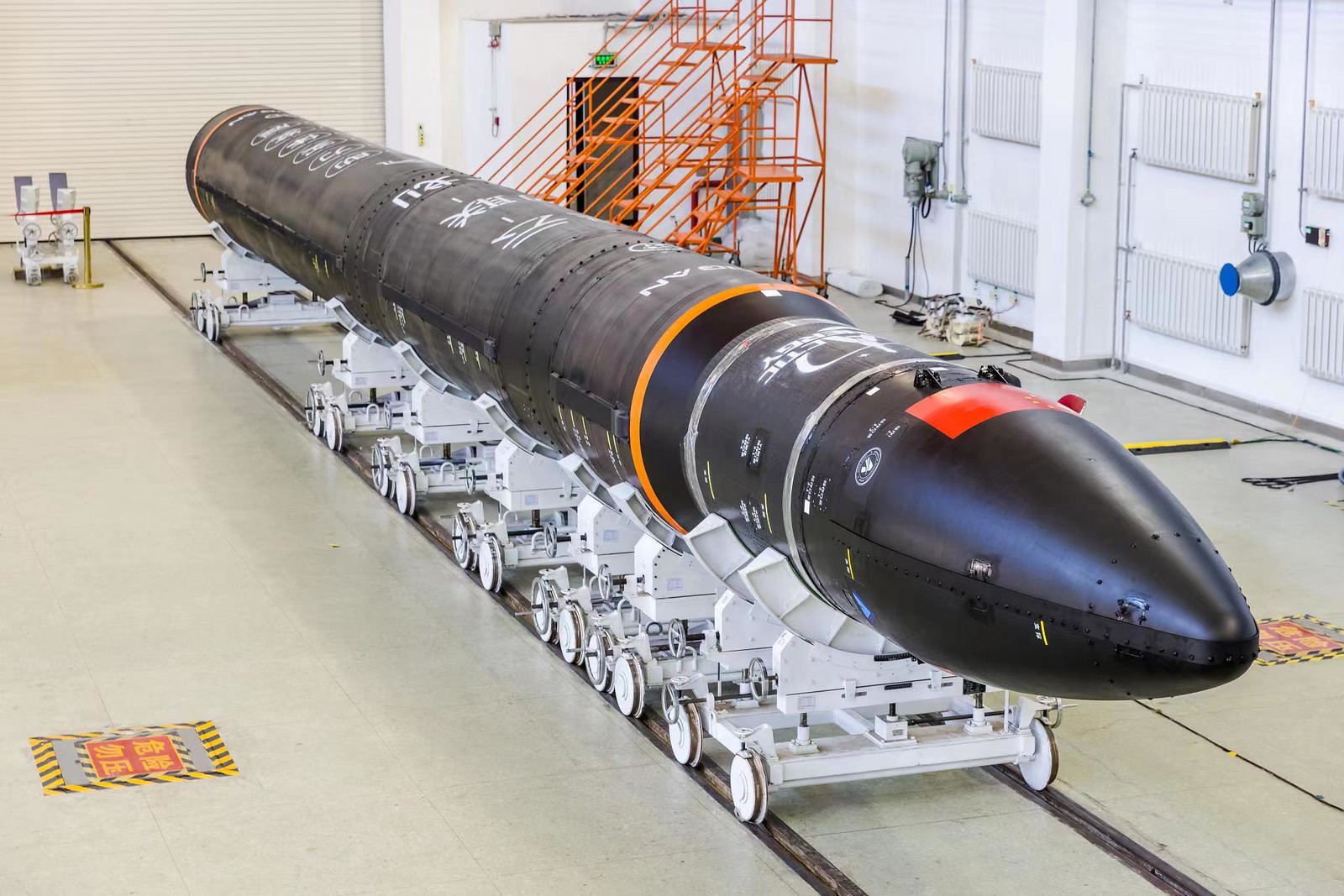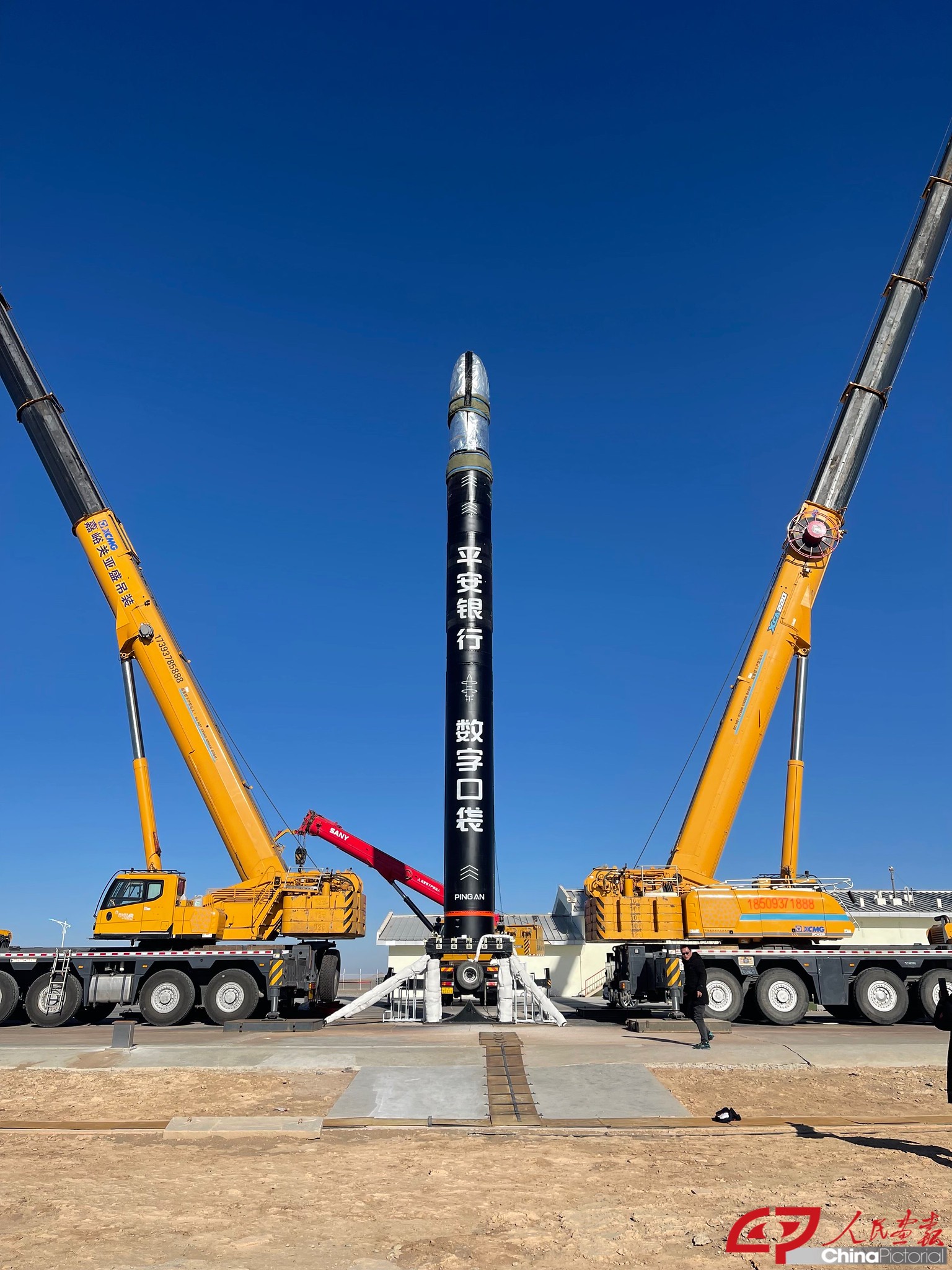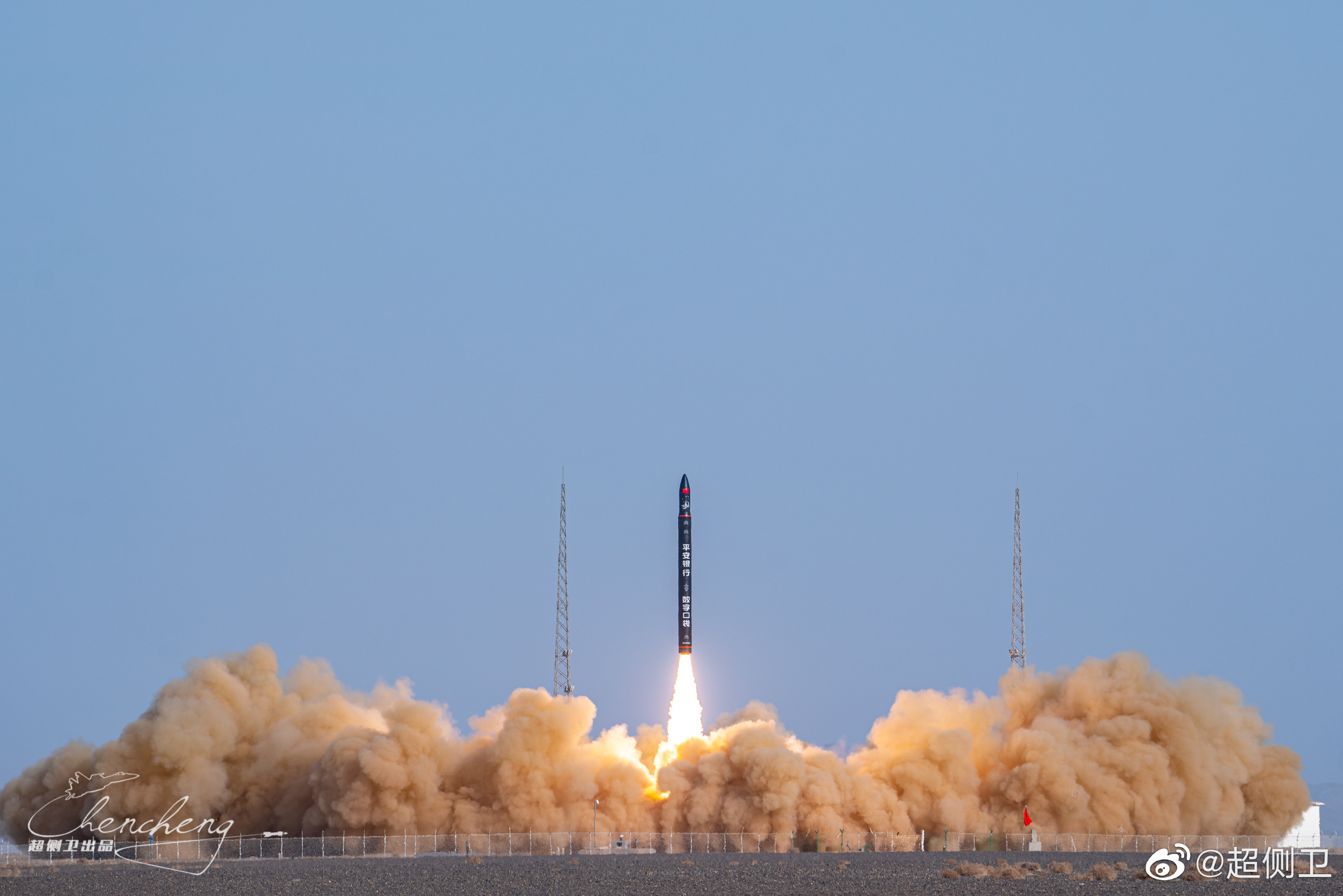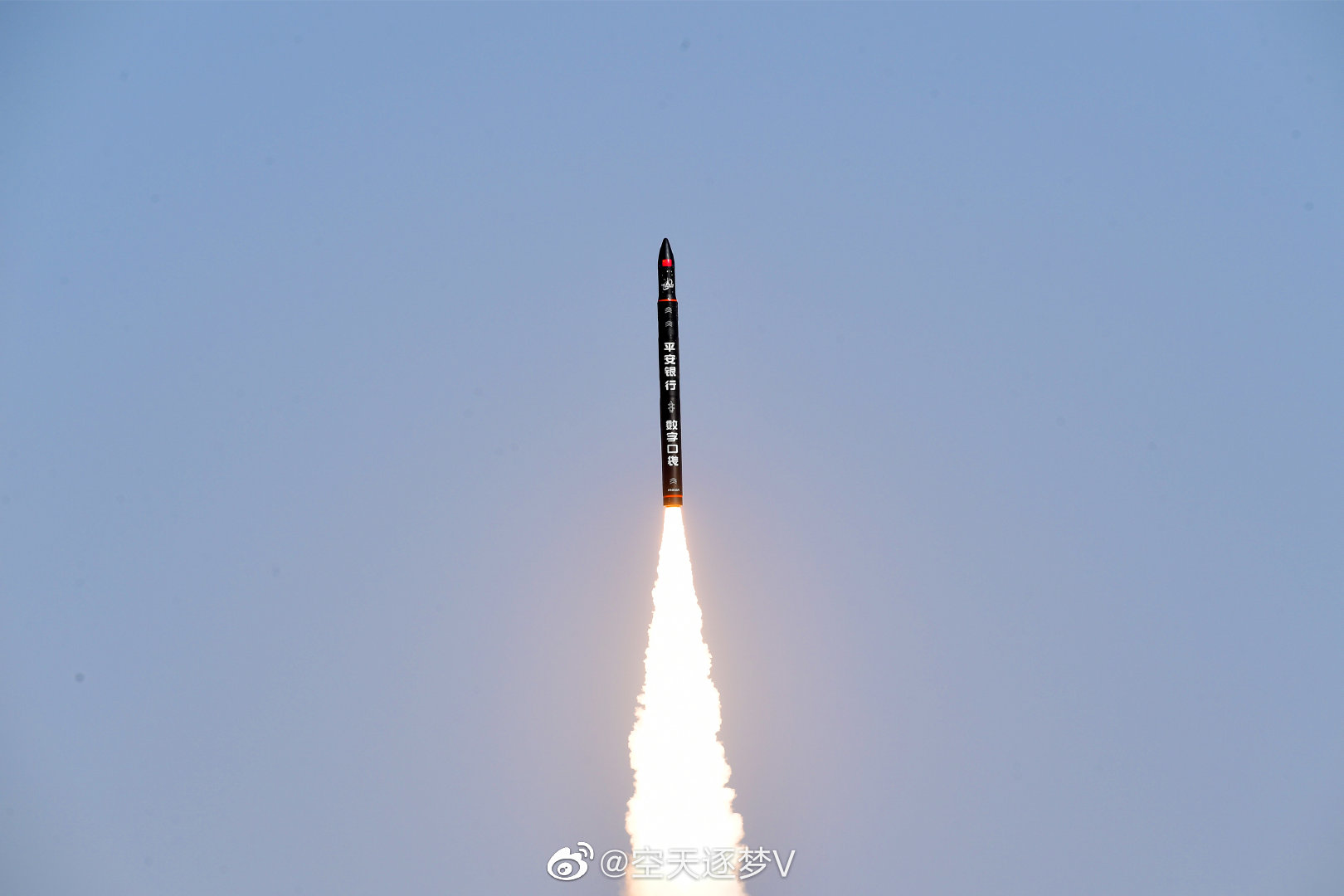You are using an out of date browser. It may not display this or other websites correctly.
You should upgrade or use an alternative browser.
You should upgrade or use an alternative browser.
China's Space Program News Thread
- Thread starter crazyinsane105
- Start date
- Status
- Not open for further replies.
China has the economic productivity of 1980's Japan with the military might of the Soviet Union. Indeed, the relative GDP of China today is the same as 1980's Japan + USSR combined with military spending to match.I prefer them to look down on Chinese. They looked down the Koreans and Japanese who later ate their lunch. Chinese is Japan on steroids.
They couldn't beat the Russians militarily so they used economics. They needed a 2x GDP advantage. They couldn't beat the Japanese economically so they used the military. They needed to start off with an occupation.
How are they gonna beat someone that they can neither beat militarily nor economically?
by78
General
An article published in the journal Nature... Full text linked below.
Abstract: As part of the Tianwen-1 mission, the Zhurong rover successfully touched down in southern Utopia Planitia on 15 May 2021. On the basis of the new sub-metre-resolution images from the High Resolution Imaging Camera on board the Tianwen-1 orbiter, we determined that the Zhurong rover landed at 109.925° E, 25.066° N at an elevation of −4,099.4 m. The landing site is near the highland–lowland boundary and multiple suspected shorelines,,,,,. Under the guidance of the remote sensing survey, the Zhurong rover is travelling south for specific in situ investigation. Supported by the six payloads on board the rover, its initial key targets are rocks, rocky fields, transverse aeolian ridges and subsurface structures along the path. Extended investigation will aim at troughs and cones in the distance. A better understanding of the formation mechanisms of these targets may shed light on the historical volcanism and water/ice activities within the landing area, as well as the activities of the wind. These results may reveal the characteristics and evolution of the ancient Martian environment and advance the exploration of the habitability of ancient Mars.




Abstract: As part of the Tianwen-1 mission, the Zhurong rover successfully touched down in southern Utopia Planitia on 15 May 2021. On the basis of the new sub-metre-resolution images from the High Resolution Imaging Camera on board the Tianwen-1 orbiter, we determined that the Zhurong rover landed at 109.925° E, 25.066° N at an elevation of −4,099.4 m. The landing site is near the highland–lowland boundary and multiple suspected shorelines,,,,,. Under the guidance of the remote sensing survey, the Zhurong rover is travelling south for specific in situ investigation. Supported by the six payloads on board the rover, its initial key targets are rocks, rocky fields, transverse aeolian ridges and subsurface structures along the path. Extended investigation will aim at troughs and cones in the distance. A better understanding of the formation mechanisms of these targets may shed light on the historical volcanism and water/ice activities within the landing area, as well as the activities of the wind. These results may reveal the characteristics and evolution of the ancient Martian environment and advance the exploration of the habitability of ancient Mars.




Nozzle config suggest solid propellant, missile first stage derived?
Nozzle config suggest solid propellant, missile first stage derived?
Yep
But all the rocket startups in China are in the process of developing reusable liquid-fuelled engines now
There are 5 companies mentioned below, including Galactic Energy
The firm is also targeting late 2022 to early 2023 for the first flight of Pallas-1, a reusable kerosene-liquid oxygen launcher. Pallas-1 will be capable of lofting 5,000 kilograms to low Earth orbit or 3,000 kilograms to 700-km SSO.
Galactic Energy recently assembled the first 50-ton-thrust Cangqiong kerolox engine in preparation for full system testing. Seven Cangqiong engines will power the Pallas-1 first stage, with a single vacuum optimized engine powering the second stage.
China’s private launch firms have yet to make an orbital launch attempt with a liquid propellant rocket. Landspace’s methane-liquid oxygen Zhuque-2 could lift off in the first quarter of 2022, according to company CEO Zhang Changwu in a Nov. 18 interview.
The Hyperbola-2 being developed by iSpace, featuring a reusable first stage, could launch in 2022. However hop tests expected this year have apparently not yet taken place. Space Pioneer and Deep Blue Aerospace are among others also developing reusable liquid propellant launchers.
I honestly don't mean to mock you, but is it really a news that the rocket is solid rocket? Also why would any solid boosters being necessarily missile related? Or we can say that all solid boosters in the world are missile related because they use the same propellant from the same suppliers.Nozzle config suggest solid propellant, missile first stage derived?
That sounds like the behaviour of our neighbour "the great nation of the universe".Ah yes, future proofing their statement. If China is the first to get warp drive working, they could claim it was borrowed from Star Trek and conclude U.S. to be still ahead.
Yep
But all the rocket startups in China are in the process of developing reusable liquid-fuelled engines now
There are 5 companies mentioned below, including Galactic Energy
I'm just looking at the future Galactic Energy Pallas-1 design, which is supposed to use 7 Cangqiong engines with an initial thrust of 490kN each
That's more thrust than the initial Falcon v1.0 rockets, which started with 9 Merlin-1C engines @ 350kN each
I'm all for the SpaceX philosophy of redundancy in-depth, but the superb record of the Merlin-1D engine has demonstrated that having 9 engines is over-engineering at unnecessary cost
In addition, we see on the latest Falcon rockets that the engines can actually be placed next to each other, rather than separated like with the initial Falcon v1.0 design. I suspect this means "wasted" space on the bottom of the latest Falcon rockets. See below
So from an architecture standpoint, theoretically a Pallas rocket design with 7 engines should be more efficient and cost-effective than a design with 9 engines
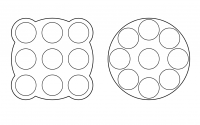
- Status
- Not open for further replies.


